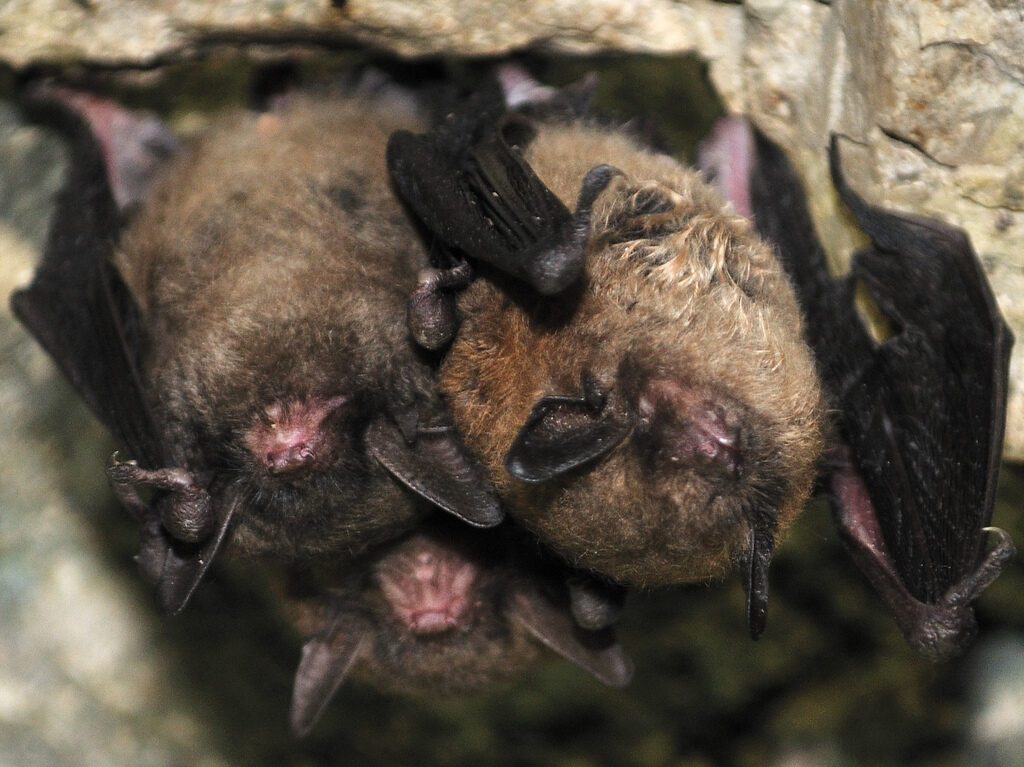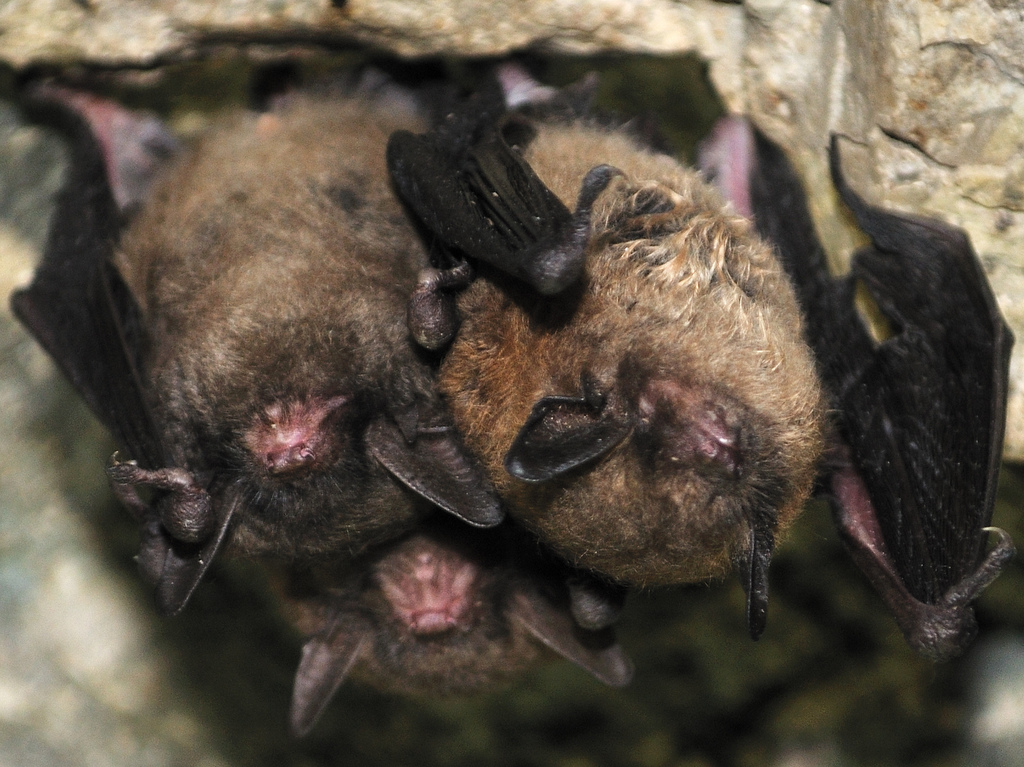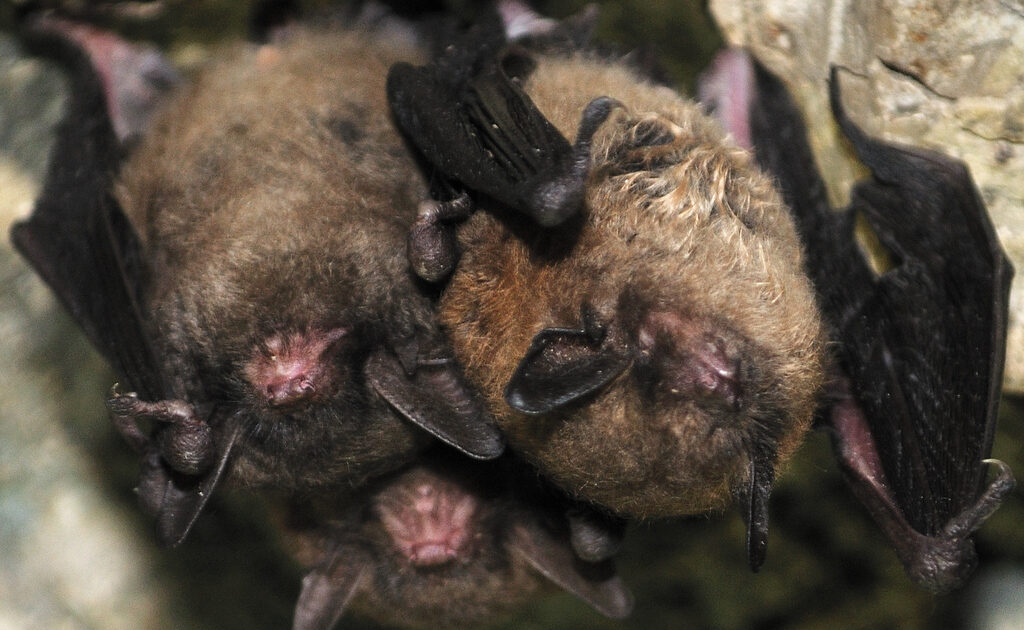When you’re asleep at night, bats are flying around seeking food and living in nocturnal bliss. But during the day when you’re up and about, they are resting after a busy evening. Unfortunately, they’ll probably consider your home to be a great spot for their downtime resting. But don’t rush quickly to remove bats from your space. There are some issues to consider before bat exclusion or removal in order to ensure that none of the bats are harmed.
When Bats are Vulnerable
Bats are especially vulnerable during certain phases of their lives. This includes their mating season, maternity season and hibernation. During the mating season, we have to treat bats with extra caution in order to ensure that we don’t limit their chances for successful procreation. If bat populations are disturbed or harmed then mating activities interrupted. This will result in fewer opportunities for the female bat to impregnate herself during spring with semen deposited by the male during the fall.
They are also vulnerable during the nursing or nesting phase which takes place in late spring to early summer. This period starts in mid-April to early June and ends in late August. Naturally bats and their babies need special treatment during this time. They are no different from other members of the animal kingdom when it comes to the nursing phase of their lives. Moving baby bats from their nests, even if these nests are in your home, could put their survival at risk and this is something that Ontario
simply cannot afford since the provinces bat population is already threatened by diseases and human activities.

The Survivalist Skills of Bats
When bats come into your space it is usually because they are simply seeking a haven- a safe space to recuperate from their nightly activities or hunker down for hibernation. At night they rule the open air soaring around and feasting on fruits, insects, and seeds or nuts that can be found. If you are not a fan of insects therefore, bats are your allies. They are experts at navigating the night sky as they use built-in sonar to keep them on safe trajectories.
Even though bats have developed strong survival skills over centuries of coexistence with human beings and other animals, they need a little help to survive. This is why there is legislation guiding the treatment of these flying mammals especially during critical phases such as mating and nesting seasons.
Handling Bat Invasions – The Right Way
The best strategy for bat invasions is always prevention. This can be done by using bat exclusion strategies. One such strategy is the installation of caps that prevent bats from entering buildings.
These caps are used to cover external points such as chimneys. Vents cannot really be capped as doing so disables them and makes them non-functional but they can be covered with a mesh material that keeps bats out but still allows the vents to maintain their function.
Naturally, bat exclusion cannot take place while bats are inside a building. The bats must first be humanely removed. It is, therefore, a good idea to get bat barriers installed before the winter, which is when they look to enter homes. Expert bat control professionals know how to handle the flying mammals, especially in tricky circumstances such as the mating season which takes place during fall
each year and this is why they are your best option for handling bat invasions in a humane, safe and effective way.




